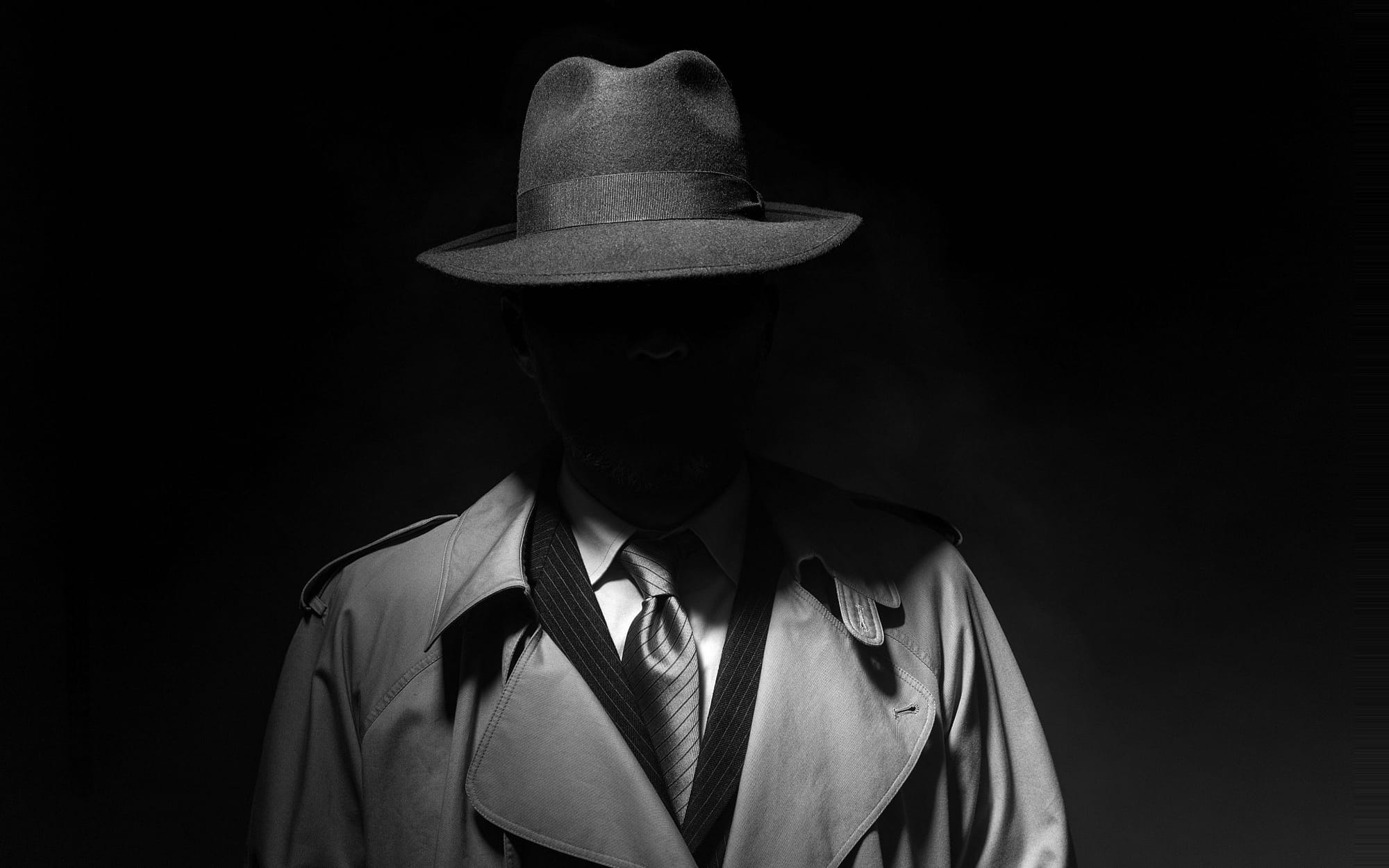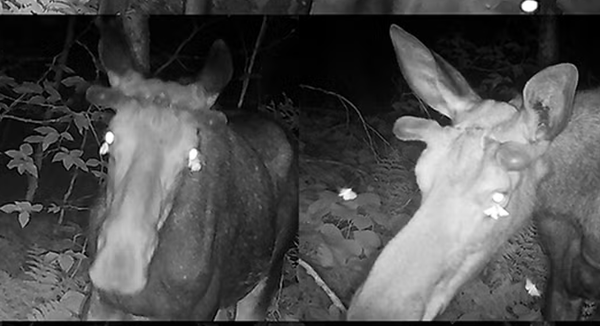When dozens of teenagers suffered mysterious seizures
Katie Krautwurst, a high-school cheerleader from Le Roy, N.Y., woke up from a nap. Instantly, she knew something was wrong

From the New York Times: "Before the media vans took over Main Street, before the environmental testers came to dig at the soil, before the doctor came to take blood, Katie Krautwurst, a high-school cheerleader from Le Roy, N.Y., woke up from a nap. Instantly, she knew something was wrong. Her chin was jutting forward uncontrollably and her face was contracting into spasms. She was still twitching a few weeks later when her best friend, Thera Sanchez, captain of one of the school’s cheerleading squads, awoke from a nap stuttering and then later started twitching, her arms flailing and head jerking. Two weeks after that, Lydia Parker, also a senior, erupted in tics and arm swings and hums. Then word got around that Chelsey Dumars, another cheerleader, who recently moved to town, was making the same strange noises, the same strange movements, leaving school early on the days she could make it to class at all."
A psychiatrist who specializes in addiction says 12-step programs like AA don't work

From NPR: "Since its founding in the 1930s, Alcoholics Anonymous has become part of the fabric of American society. AA and the many 12-step groups it inspired have become the country's go-to solution for addiction in all of its forms. These recovery programs are mandated by drug courts, prescribed by doctors and widely praised by reformed addicts. Dr. Lance Dodes sees a big problem with that. The psychiatrist has spent more than 20 years studying and treating addiction. Dodes tells NPR's Arun Rath that 12-step recovery simply doesn't work, despite anecdotes about success. There is a large body of evidence now looking at the AA success rate, and the success rate of AA is between 5 and 10 percent. Not only, it's harmful to the 90 percent who don't do well. AA is never wrong (according to AA) so if you fail at Alcoholics Anonymous, then it's you that's failed."
Irish museum solves mystery of bronze age axe heads delivered in porridge box

From the Guardian: "When the national museum of Ireland received two 4,000-year-old axe heads, thoughtfully wrapped in foam inside a porridge box, from an anonymous source last month, it put out an appeal. The objects were significant and exciting, it said, but experts needed to know more about where exactly they had been found. Now they have their answer: a farmer from County Westmeath has come forward as the mysterious sender, saying he made the discovery while using a metal detector on his land. Thomas Dunne said he had found the items by chance on his silage field at Banagher at the end of June. “I was cutting silage [grass fodder for beef cattle] one day and a bit of metal fell off a mower,” he told the Irish Times. "So, I got a man with a metal detector to look for it. Dunne, whose family has owned the land for 40 years, said he initially thought the axe heads were the remnants of a horse shoe."
(Editor's note: If you like this newsletter, please share it with someone else. And if you really like it, perhaps you could subscribe, or contribute something via my Patreon. Thanks for being a reader!)
During the Cold War, secret agents tied their shoelaces in different ways to send messages

From Now I Know: "in 1953, the CIA hired a man named John Mulholland to help, paying him $3,000 (the equivalent of $35,000 today) to write the first-ever “CIA Manual of Trickery and Deception.” Mulholland, though, wasn’t a spy — he was a magician. The manual outlined lots of different ways CIA agents could use the principles of illusionists to help them survive in the field and advance their goals. For example, as the BBC reported, the Manual “shows operatives how to conceal a doping pill in a matchbook, then covertly drop it into a person’s drink while distracting them by lighting their cigarette.” And then it went further. Mulholland didn’t just teach them sleight of hand. He also gave them a way to communicate in silence — and in secret: via shoelaces."
Trinity College in the 1800s forbid students from have dogs, so Lord Byron brought a bear

From Cambridge Seminars: "In 1805 when British poet Lord Byron studied at Trinity college in Cambridge, the college authorities told him that he couldn’t bring his pet dog with himss, so he brought a bear with him instead. He argued that the rules didn’t say anything about being forbidden from keeping a bear. Surprisingly, Lord Byron won the argument against the college and the bear stayed with him in his room; he would also walk the bear around the college ground on a chain. Byron even tried to get the bear enrolled as a student, he was unsuccessful. Lord Byron was a huge animal lover, and it wasn’t just bears that he kept as pets. He also kept geese, horses, monkeys peacocks, an eagle, guinea hens, a badger, a fox, a heron, a falcon, an Egyptian crane, a goat and a crow."
Blue birds aren't really blue in color, it's just a trick our eyes play on us

From the Smithsonian: "When is a blue bird not blue? The answer to this question is always. There actually is no such thing as a blue bird. To find out why, Smithsonian asked Scott Sillett, a wildlife biologist at the Smithsonian Migratory Bird Center. “Red and yellow feathers get their color from actual pigments, called carotenoids, that are in the foods birds eat,” Sillett explains. “Blue is different―no bird species can make blue from pigments. The color blue that we see on a bird is created by the way light waves interact with the feathers and their arrangement of protein molecules, called keratin. In other words, blue is a structural color. Different keratin structures reflect light in subtly different ways to produce different shades of what our eyes perceive as the color blue. A blue feather under ultraviolet light might look uniformly gray to human eyes.”
How cigarettes were packed in France in 1930
How cigarettes were packed in France in 1930 pic.twitter.com/U8qqlz7fee
— Interesting As Fuck (@interesting_aIl) July 27, 2024
Acknowledgements: I find a lot of these links myself, but I also get some from other newsletters that I rely on as "serendipity engines," such as The Morning News from Rosecrans Baldwin and Andrew Womack, Jodi Ettenberg's Curious About Everything, Dan Lewis's Now I Know, Robert Cottrell and Caroline Crampton's The Browser, Clive Thompson's Linkfest, Noah Brier and Colin Nagy's Why Is This Interesting, Maria Popova's The Marginalian, Sheehan Quirke AKA The Cultural Tutor, the Smithsonian magazine, and JSTOR Daily. If you come across something interesting that you think should be included here, please feel free to email me at mathew @ mathewingram dot com



